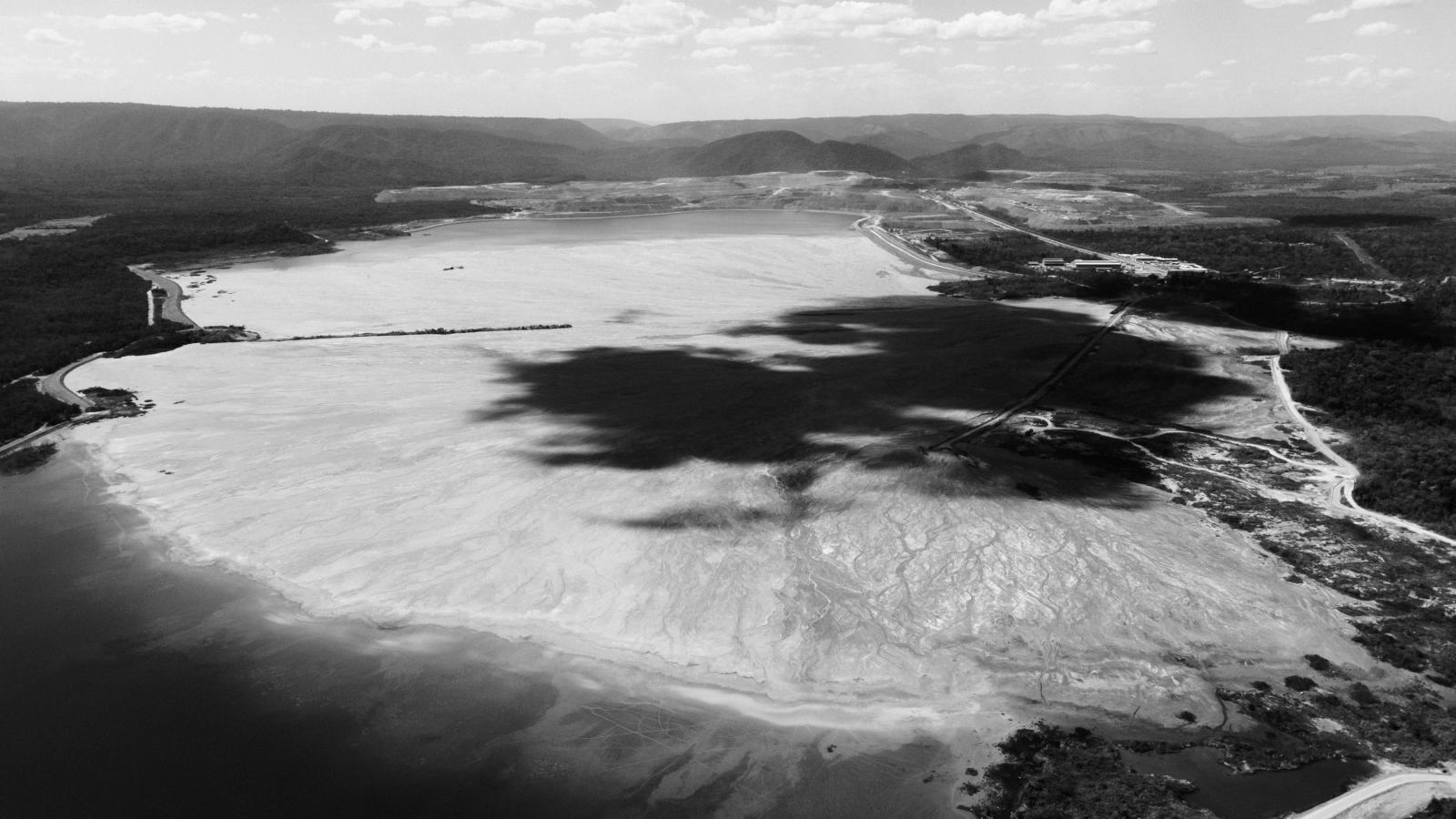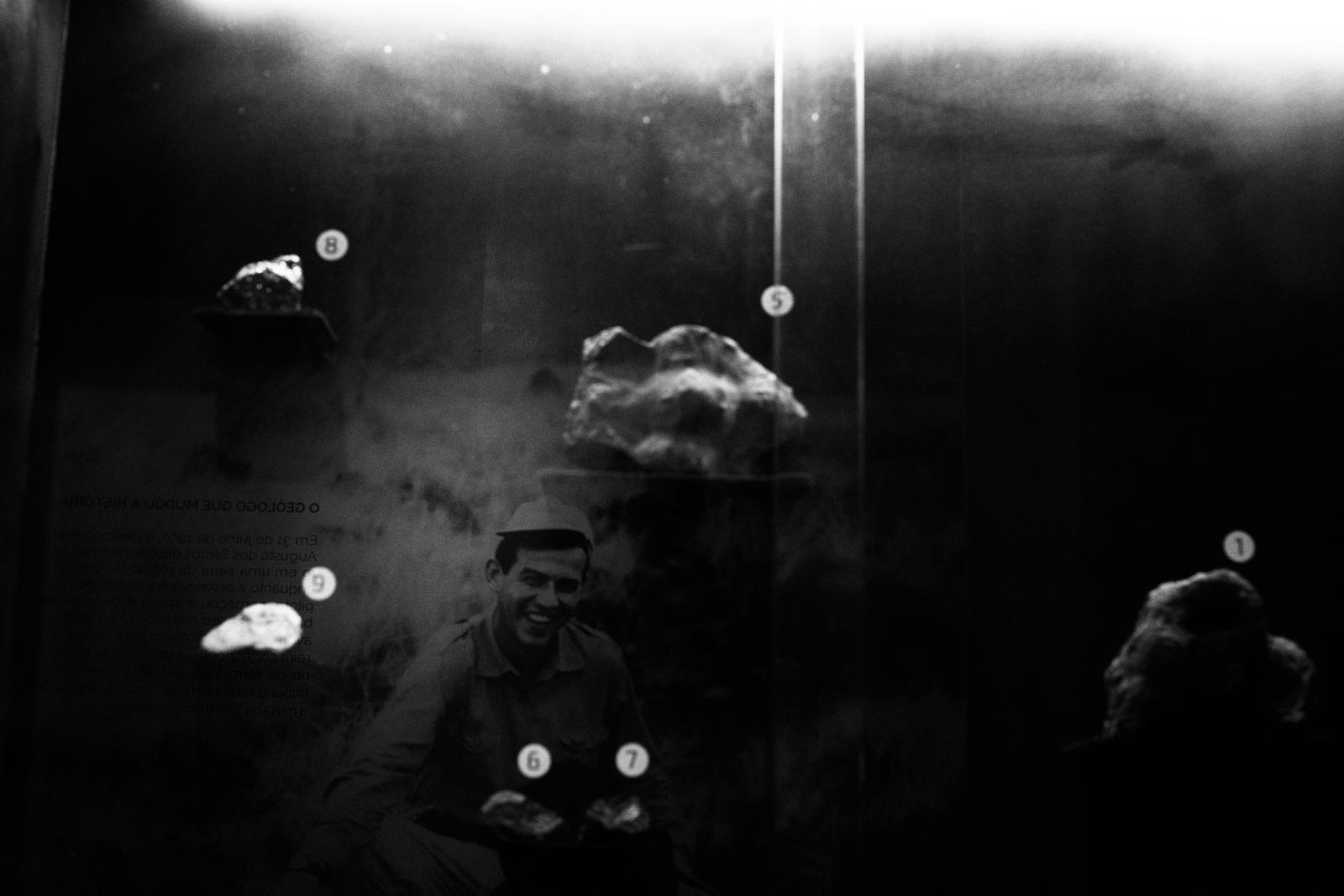Under the earth are our dead and our wealth. Planes, cars, refrigerators, buildings and much of our material surroundings come from Carajas, the largest iron ore mine in the world, located in the heart of Brazil's rainforest.
Today, it generates billions of dollars in profits for corporations but once it was the site of the most important guerrilla movement in Brazil. In 1982, 10 years after the fighting ceased, the Great Carajás Project was launched by the Brazilian government, with assistance from the US. This undertaking built a legacy of historical erasure as human rights violations were buried along the 900.000 km² of the region. Pasteurized history is a problem across all Latin America, but especially in Brazil. This is more important now than ever. Almost 50 years later, history repeats itself with Bolsonaro, a ex military who supports torture and human rights violations, in the presidency of the country.
This is an ongoing project that examines the voids that were created both in the earth, from mining, and in the people who live in Carajas, who carry in their memory the complex history of this region. Migrations, health issues, air and water pollution are impacts that deeply shape the residents' lives. This is an alternative story, different than the one that lives on in streets and public squares, sometimes even in the local museums. I investigate how myths and syncretisms are instruments of subversion to the status quo, looking at the intersection of culture, dependence and exploitation.
Using local myths, collective memories, government documents, and archival footage, I will shed light on the complex relationship between this region and the people who live and die there. Through this project, I aim to create a narrative that portrays these people as protagonists of their own history, reaffirming their centrality in our complex relationship with our environment and our history.
This project entered my life while I was in college studying the resistance against the military dictatorship in Brazil and how mining has always shaped the way politics happen in the country. Years later I spent months along the Carajas corridor (iron ore mine, hydroelectric, railroad and port) meeting the people, deeply impacted, who are fighting against mining companies.In order to expand the project I need to explore the cultural and syncretic aspect of the region. The indigenous and black background from the locals has been an important combination to shape the culture in the region. Giving a voice and listening to what they have to say implies considering their beliefs and cultural heritage. Culture is a powerful instrument of defense and appropriation of their own narratives. I would like to go to the most important cultural festivals that take place along the region, such as Bumba Meu Boi, Festa do Divino Espírito Santo and Tambor de Mina, which are examples of the indigenous/catholic/black mixture.
I also want to delve into the legacy which the Guerrilla left, from the perspective of the locals. Many myths were created around the figures of the guerrilla fighters. They built a strong relationship with the locals during the years they spent in Carajas. Stories about guerrilleros being able to transform into animals or plants were common. I would like to combine documentary with fictional aspects to develop these stories. In this sense, I believe that carrying this story forward is an important way to engage and recreate a new understanding of Latin America and Brazil's past, present and future. Visura's support and advisory are key for me to expand it.






















